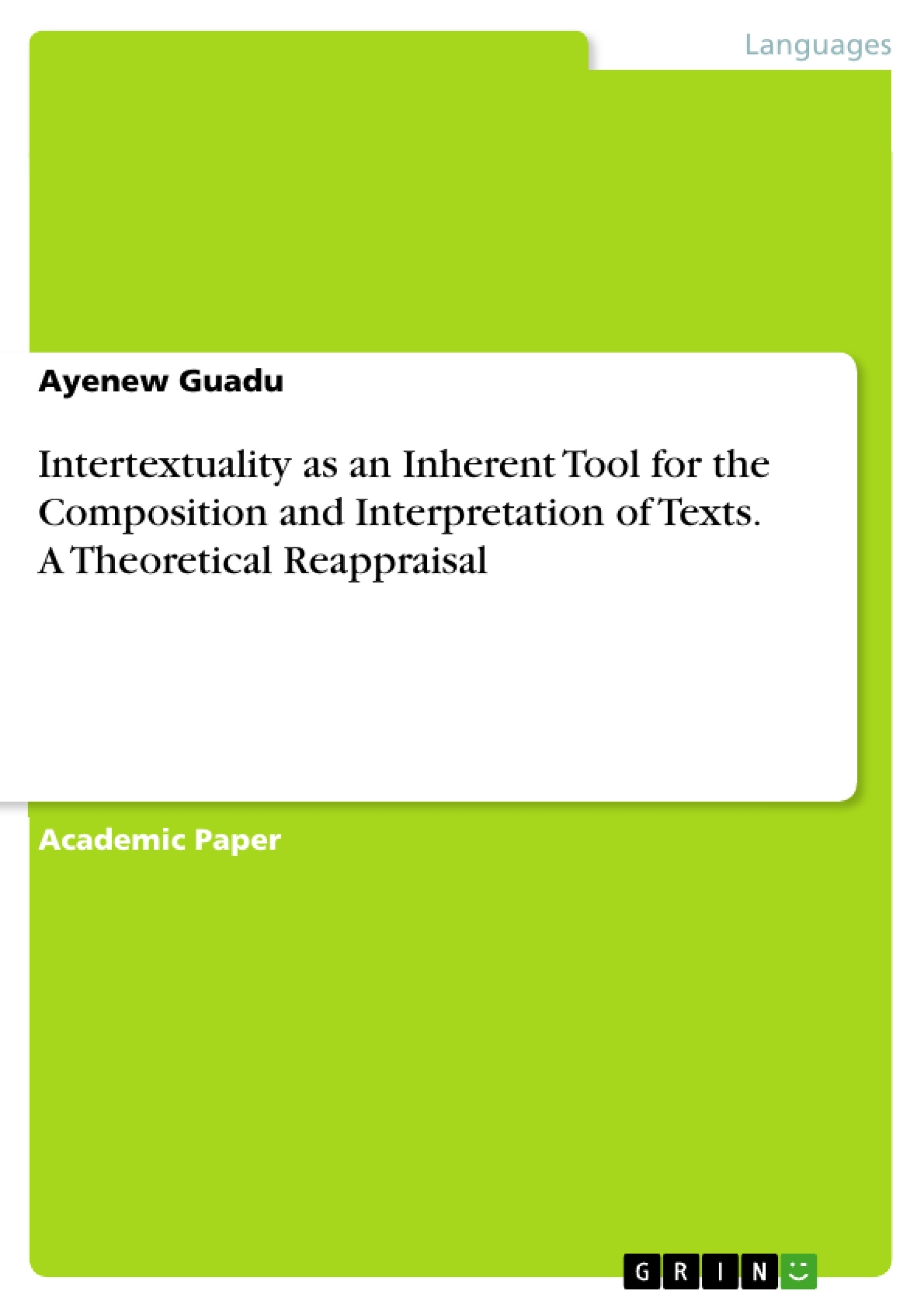The aim of this paper is to discuss the operational concepts and theory of intertextuality as a postmodern theory. Postmodern theory is a theory that emerged in the second half of the 1960s. This theory was born as a reaction to modernity and its ideals. By the 1970s, postmodern aesthetics, on which postmodern theory was based, began to be felt in almost every field of art, from architecture to painting, from literature to cinema. Intertextuality seems such a useful term because it foregrounds notions of relationality, interconnectedness, and interdependence in modern cultural life. In the Postmodern epoch, theorists often claim, it is not possible any longer to speak of originality or the uniqueness of the artistic object, be it a painting or novel, since every artistic object is so clearly assembled from bits and pieces of already existent art. An author or poet can use intertextuality deliberately for a variety of reasons. They would probably choose different ways of highlighting intertextuality depending on their intention. They may use references directly or indirectly. They might use a reference to create additional layers of meaning or make a point or place their work within a particular framework. A writer could also use a reference to create humour, highlight an inspiration or even create a reinterpretation of an existing work. The reasons and ways to use intertextuality are so varied that it is worth looking at each example to establish why and how the method was used
Postmodern theory is an approach that is the sum of certain breaking moments occurring in the historical development of the western societies.
Intertextuality is one of the most important elements among postmodern elements of literature. Postmodernism is a decentered concept of the universe in which individual works are not isolated creations. It means that much of the focus in the study of postmodern literature is settled down on intertextuality. Intertextuality has been the relationship between one text and another or one text within the interwoven fabric of literary history. An indication of postmodernism’s lack of originality and reliance on cliches are pointed out by the famous critics. It is a reference or parallel to another literary work and an extended discussion of a work or the adoption of a style.
Inhalt
I. Introduction
1. Operational Definition of Intertextuality
2. Theories of Intertextuality
2.1. Bakhtin's Theory of Intertextuality
2.2. Kristeva's Theory of Intertextuality
2.3. Barthes's Theory of Intertextuality
2.4. Genette's Theory of Intertextuality
3. Two General Forms of Intertextuality in Literature
4. Intertextual Practice in the Postmodern Age
II. Conclusion
References
- Arbeit zitieren
- Ayenew Guadu (Autor:in), 2023, Intertextuality as an Inherent Tool for the Composition and Interpretation of Texts. A Theoretical Reappraisal, München, GRIN Verlag, https://www.grin.com/document/1349464
-

-

-

-
Laden Sie Ihre eigenen Arbeiten hoch! Geld verdienen und iPhone X gewinnen. -

-
Laden Sie Ihre eigenen Arbeiten hoch! Geld verdienen und iPhone X gewinnen. -

-
Laden Sie Ihre eigenen Arbeiten hoch! Geld verdienen und iPhone X gewinnen. -

-
Laden Sie Ihre eigenen Arbeiten hoch! Geld verdienen und iPhone X gewinnen. -

-
Laden Sie Ihre eigenen Arbeiten hoch! Geld verdienen und iPhone X gewinnen. -

-
Laden Sie Ihre eigenen Arbeiten hoch! Geld verdienen und iPhone X gewinnen. -

-
Laden Sie Ihre eigenen Arbeiten hoch! Geld verdienen und iPhone X gewinnen. -

-
Laden Sie Ihre eigenen Arbeiten hoch! Geld verdienen und iPhone X gewinnen. -

-
Laden Sie Ihre eigenen Arbeiten hoch! Geld verdienen und iPhone X gewinnen.

